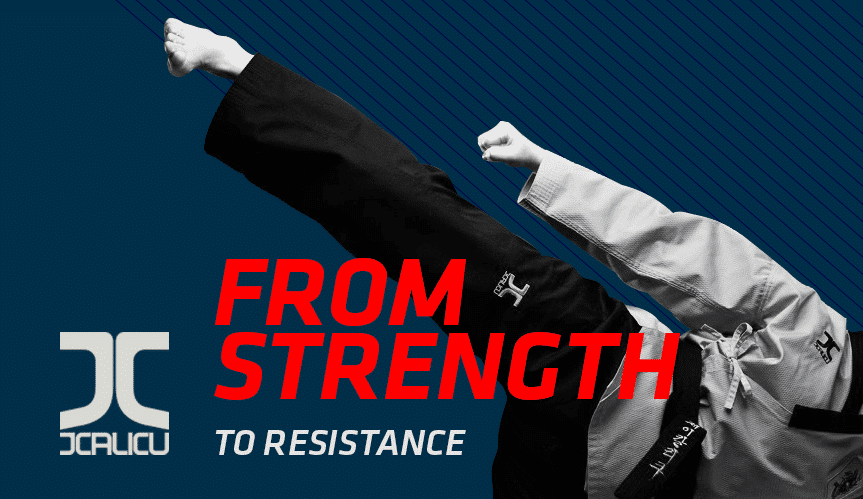When you take the path of the taekwondo you’re in for a way of training that will take your body to a new level as you will be required to learn and master both power and speed while at the same time you need to become agile, and this applies both if you are training for self-defense or for competition.
A taekwondo practitioner needs to be strong so punches and kicks can deliver when applied. This can be achieved by performing a series of exercises in a specific sequence and that are repeated a determined amount of times, this is known as Circuit Training and since it is designed to help you get in better shape it can be performed both in a gymnasium as your own backyard or private room in your house.
These exercises include squats, abs, press ups, star jumps and other exercises of this kind, it is important to mention that before you decide to start this or any other kind of training you must first consult a physician and make sure you are in good health.
Also, it is recommended to ask a trainer not just how many times do you need and should repeat the sequence in order to keep yourself from injuring your body.
Remember that your taekwondo training will be composed of both physical training and taekwondo training as such so you need to know how much to do of each so you won’t get hurt.
But training also means nutrition. No matter what discipline an athlete practices (in our case taekwondo) the demands of the training are such that if nutrition is not properly cared for he or she won’t be able to cope with the strain this kind of training will put in its body.
Also one needs to remember about proper hydration, as you train you will lose liquid and fast, so you need to be not just drinking water but also supplements that can help you recover more than just that.
Least but not less you need an attire that can give you comfort when training, for physical training any sweatpants and t-shirt will do fine, for taekwondo, you need a taekwondo uniform that is comfortable and allows for you to perform at your peak level without causing you any discomforts either running, moving around and most of all, jumping and extending your legs and arms to the limit.
A normal training session should not exceed two, three hours at the most in a period of four hours, giving you a good window to rest and feed yourself before another session (remember that when training for olympic competition, athletes tend to train both in morning and afternoon while at night they do muscle recovery).
What you eat should not just make you feel full but it should help you recover the energies you have invested and this is critically important when your meal is between training sessions.
Remember, as we mentioned before never undertake any type of training without consulting your physician, and also have a trainer on hand to guide you and tell you what exercises are best for you.

